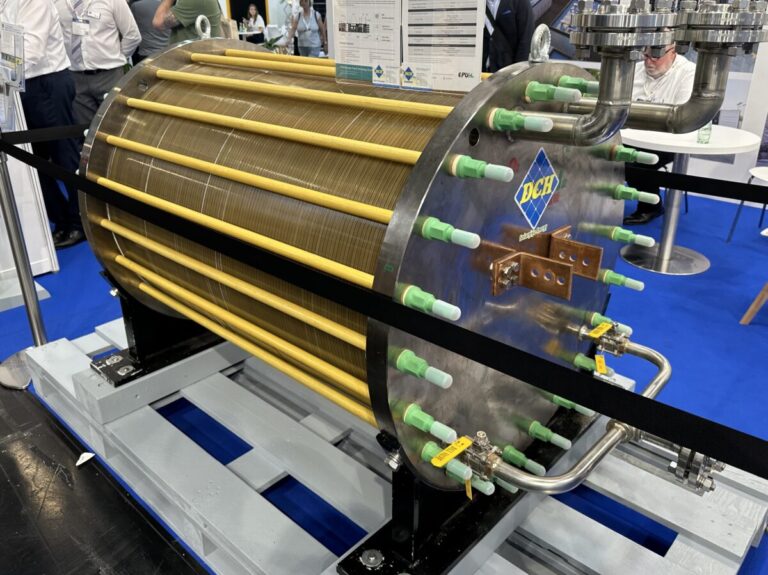The US government says electrolysis could reduce the cost of producing clean hydrogen to $1/kg by 2031, while ABI Research claims the global levelized cost of hydrogen (LCOH) will become cost-competitive and fall to $2 by the end of this decade. 50/kg.
The US Department of Energy (DoE) said in a new report that electrolysis could reduce clean hydrogen production costs in the United States to $1/kg by 2031 through technological advances, manufacturing, economies of scale, and integration of clean energy systems. “Achieving the Hydrogen Shot goal will require a strategic allocation of resources and efforts across these areas,” the report said, noting the role of public support. The DoE noted that there are now five electrolysis technologies in development: proton exchange membranes (PEM), liquid alkaline oxide ion conductive solid oxide electrolysis cells (SOEC), alkaline exchange membranes (AEM) and proton conductive solid oxide electrolysis cells. electrolytic cells (H-SOEC).
Evoloh said it has signed a supply agreement with a “major US-based renewable energy developer” for 0.5 GW of electrolyzer stacks. Jimmy Rojas, the founder and CEO of Evoloh, said the deal adds to more than 16 GW of “signed intent” for the supply of Nautilus stacks and modules. The cleantech startup is now deploying a new pilot testing facility at its headquarters in Santa Clara, California.
ABI research said global LCOH will become cost-competitive by 2030, falling from an average of $6/kg to $7/kg to around $2.50/kg by the end of the decade. It expects LCOH to fall to $1.80/kg by 2040, mainly due to lower renewable energy prices, and reach around $1/kg by 2050 as the market matures. The research firm said it also expects rapid reductions in manufacturing investments from 2027, driven by higher electrolyser efficiency and lower costs.
VNG AG said it will jointly develop a 500 MW electrolyzer with HyCC to produce green hydrogen in Lutherstadt Wittenberg, Germany. The partners will begin the approval and consultation phase in 2025, with a final investment decision expected in 2026 and operations to start in 2029. said VNG from Leipzig. Hydrogen will initially supply local industries, such as SKW Piesteritz, with potential sales to industrial customers in the central German chemical triangle, depending on the new hydrogen infrastructure.
The Dutch government said it is decided to give priority hydrogen and CO₂ infrastructure, with plans to complete the pipelines between 2031 and 2033. Also the Dutch cabinet said It has been decided to remove ammonia from the Delta Rhine Corridor (DRC) project because the plan is not yet sufficiently developed and will require more time. For the same reason, it has also chosen not to include a reusable pipeline, but has left open the possibility of adding these components at a later date.
This content is copyrighted and may not be reused. If you would like to collaborate with us and reuse some of our content, please contact: editors@pv-magazine.com.


